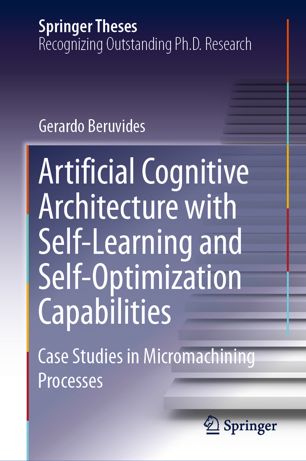

Most ebook files are in PDF format, so you can easily read them using various software such as Foxit Reader or directly on the Google Chrome browser.
Some ebook files are released by publishers in other formats such as .awz, .mobi, .epub, .fb2, etc. You may need to install specific software to read these formats on mobile/PC, such as Calibre.
Please read the tutorial at this link: https://ebookbell.com/faq
We offer FREE conversion to the popular formats you request; however, this may take some time. Therefore, right after payment, please email us, and we will try to provide the service as quickly as possible.
For some exceptional file formats or broken links (if any), please refrain from opening any disputes. Instead, email us first, and we will try to assist within a maximum of 6 hours.
EbookBell Team

4.0
16 reviewsThis book introduces three key issues: (i) development of a gradient-free method to enable multi-objective self-optimization; (ii) development of a reinforcement learning strategy to carry out self-learning and finally, (iii) experimental evaluation and validation in two micromachining processes (i.e., micro-milling and micro-drilling). The computational architecture (modular, network and reconfigurable for real-time monitoring and control) takes into account the analysis of different types of sensors, processing strategies and methodologies for extracting behavior patterns from representative process’ signals. The reconfiguration capability and portability of this architecture are supported by two major levels: the cognitive level (core) and the executive level (direct data exchange with the process). At the same time, the architecture includes different operating modes that interact with the process to be monitored and/or controlled. The cognitive level includes three fundamental modes such as modeling, optimization and learning, which are necessary for decision-making (in the form of control signals) and for the real-time experimental characterization of complex processes. In the specific case of the micromachining processes, a series of models based on linear regression, nonlinear regression and artificial intelligence techniques were obtained. On the other hand, the executive level has a constant interaction with the process to be monitored and/or controlled. This level receives the configuration and parameterization from the cognitive level to perform the desired monitoring and control tasks.